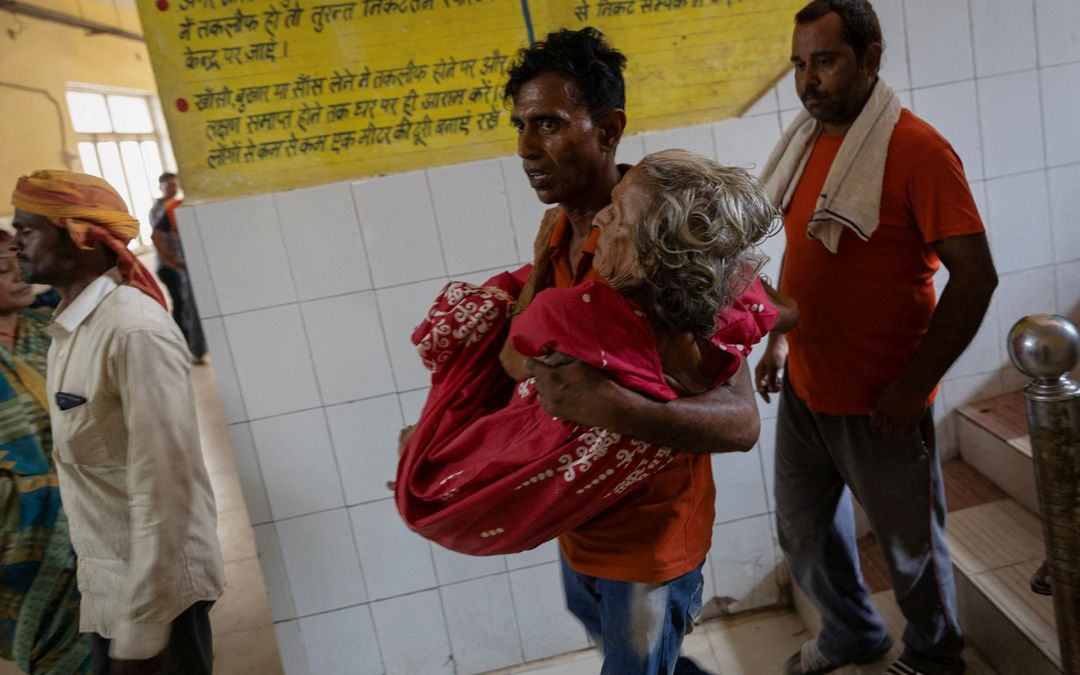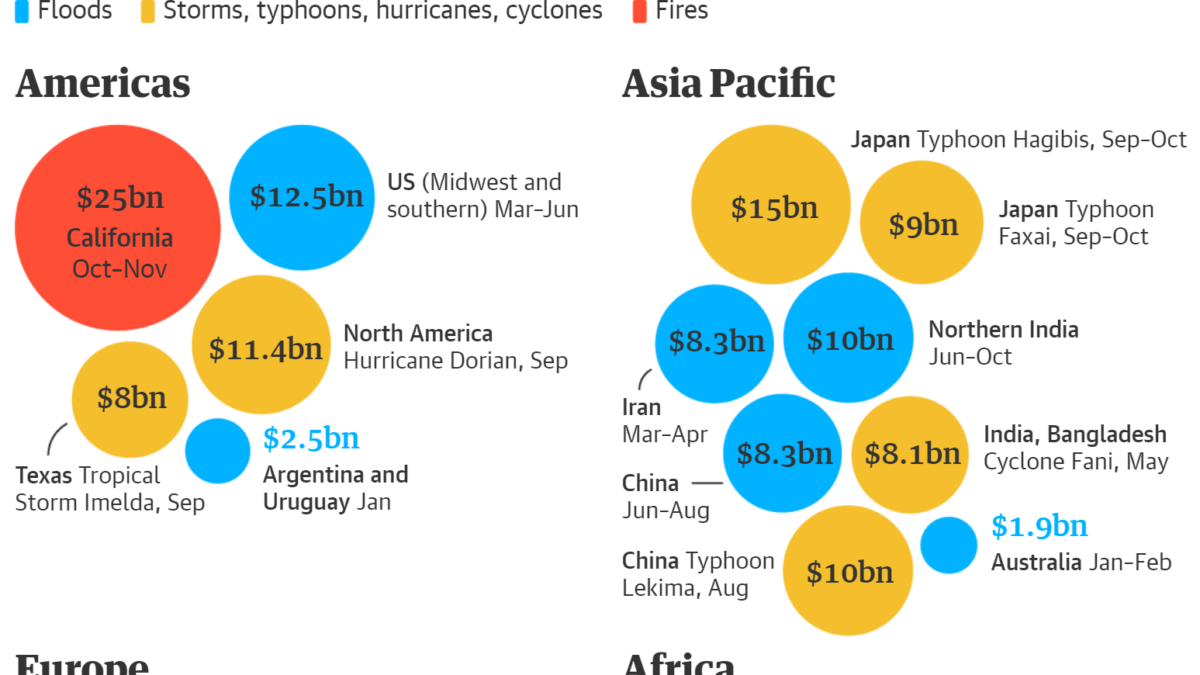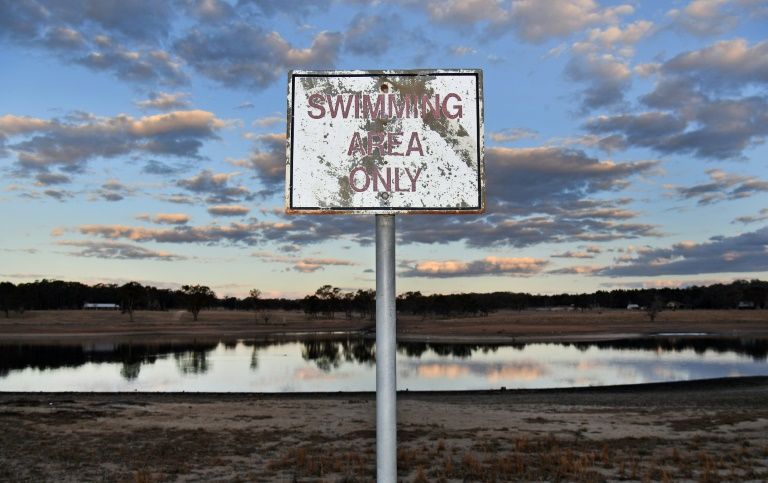Elephants are attacking humans as climate change pushes them to the brink – Elephant calves orphaned by drought fill Kenya sanctuaries
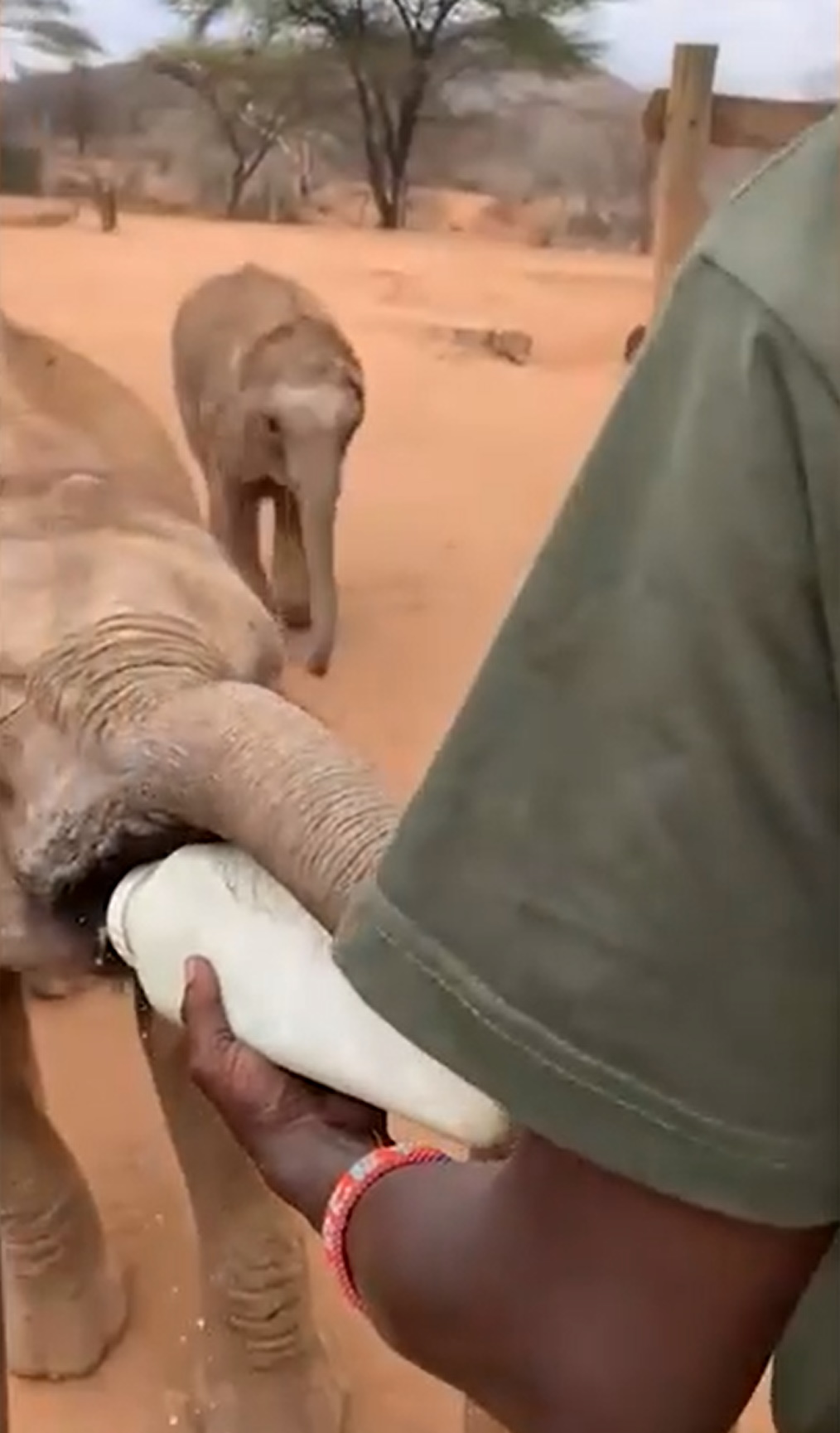
By Robyn White
27 May 2022
(Newsweek) – Elephants are known for being gentle giants. But climate change is beginning to take its toll, with attacks on humans increasing as global temperatures rise.
In India, 500 people are thought to be killed by elephants every year, mainly in crop-raiding incidents. In 2021, India Today reported that 3,310 people had died from elephant attacks in the last 7 years. As incidents like this increase, so has retaliation from villagers. In 2001, 60 elephants were found dead across Northeast India and Sumatra as crop poisoning became a popular form of retaliation.
In April 2022, the Indian Express reported that elephants trampled six people, including a young girl, in the Dhamtari district of India.
In parts of Africa, elephants are increasingly entering farmlands in search of food and water, particularly during harvesting seasons. In 2018, a herd of 28 elephants destroyed 18 homesteads and fences, in Namibia village, Otjorute. Another notable incident in 2021 saw a group of elephants invading farms in Ngaremara, Northern Kenya. At the time, farmers threatened to kill the elephants, before animal welfare groups intervened.
Elephants are known for their gentle nature, but they can become aggressive when they feel harassed, vulnerable or threatened. And climate change appears to be creating these conditions more and more frequently.
Increase in Temperature
Niki Rust, an environmental social scientist specializing in human and wildlife conflict, told Newsweek that elephants do not become more aggressive when they are hot. However, the changing climate can cause pressures, which can lead to increased conflict.
Last year saw some of the most extreme heatwaves across the globe, particularly in their native countries.
Earth’s greenhouse gases are trapping heat in the atmosphere, causing the planet to warm. This is resulting in changing weather patterns and the world is seeing an increased number of extreme weather events. In hotter countries, as the climate changes, water evaporates more quickly and causes drier weather conditions and droughts. If it continues, some scientists have predicted that some parts of Africa will be so hot, that they will be inhabitable for humans by 2050.
Over the past decade, Kenya has experienced an extreme drought, with some of the most severe conditions for 40 years expected.
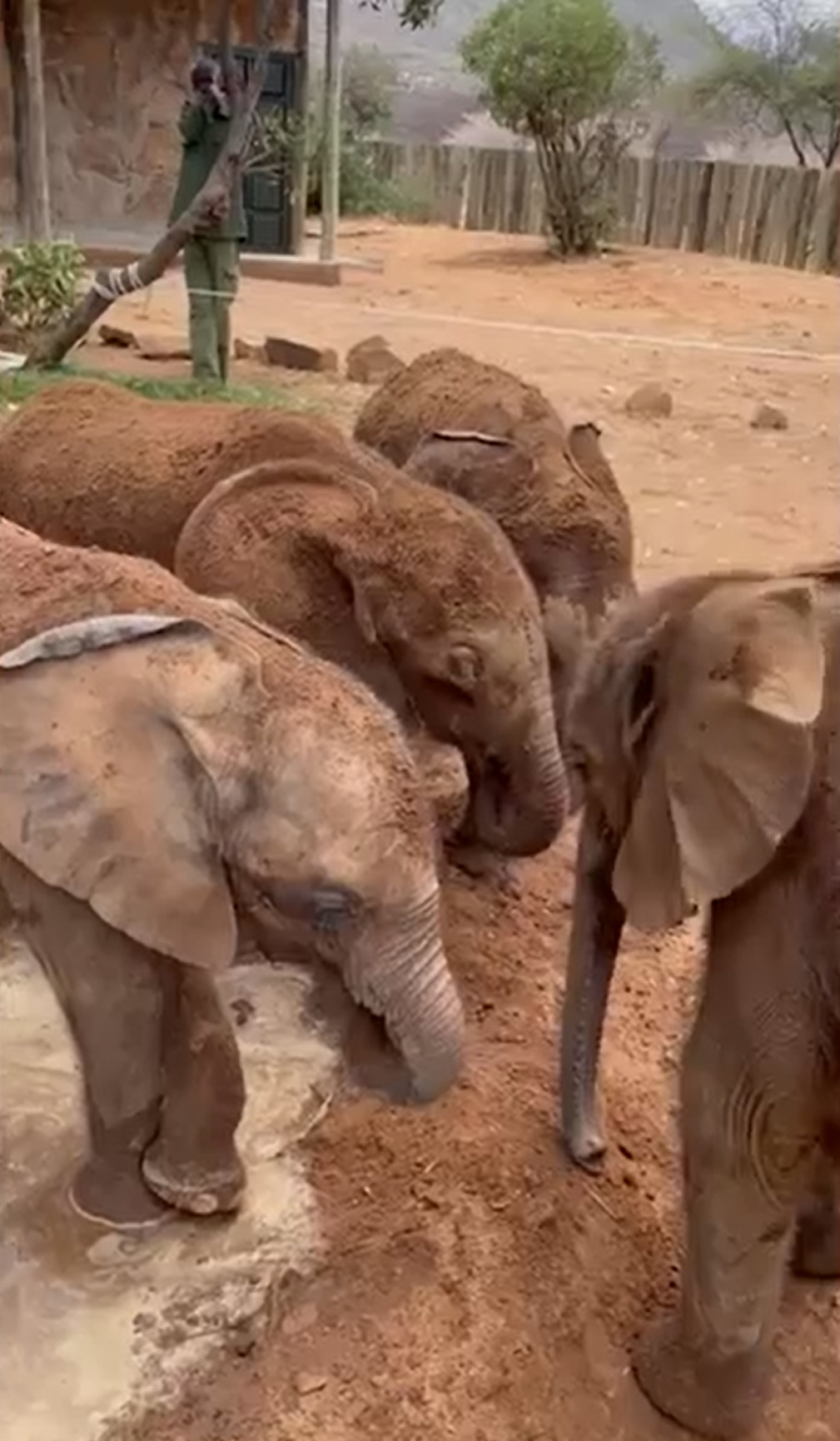
These drier temperatures can also diminish food and water supply.
“What does happen is that wildlife becomes more desperate for food and water as climate change affects the things that they depend upon to survive,” Rust said, adding that elephants have been known to destroy bore holes and wells in search of water, “even before climate change was an issue.”
However as climate change worsens, these circumstances have become more and more frequent. “[This is] because droughts will become more frequent, more serious, and last for longer,” she said.
If elephants do not get the nutrition they need, they are at risk of starvation. In 2019, Zimbabwe experienced a devastating drought. The Associated Press reported that 600 elephants were relocated in a bid to save their lives, with 200 dying within one month.
Increase in Conflict
Lydia Tiller, research and science manager at Save the Elephants human-elephants co-existence program in Kenya, told Newsweek that they are seeing a huge increase in human and elephant conflicts across Africa.
“Unfortunately, we do not know the full picture of the long-term impacts of climate change on elephants … The number of elephants being killed due to conflict has increased. In Kenya where I work, we are witnessing more and more drought years, which is having a devastating impact on both humans and elephants.”
Tiller said in many parts of the country, people are taking their livestock into national parks for grazing and water, which is leading to a “huge overgrazing of resources.”
“This is leading to competition for resources and forces elephants to seek resources outside parks. People and elephants then come into conflict around water sources or farmland. Without predictable and good rainfall this is only going to get worse,” she said.
A 2021 study by the University of Kent found that the number of crop-raiding elephant-related incidents increased by 49 percent over 15 years. It was also determined that farmers had to spend significantly more time protecting their crops.
Tiller said she would not say elephants have become “more aggressive, or [that] their temperament is changing”—but they are coming into contact with people more frequently and there is more aggression toward them. This in turn can make provoke elephants and cause them to stand their ground. [more]
Elephants Are Attacking Humans As Climate Change Pushes Them to the Brink
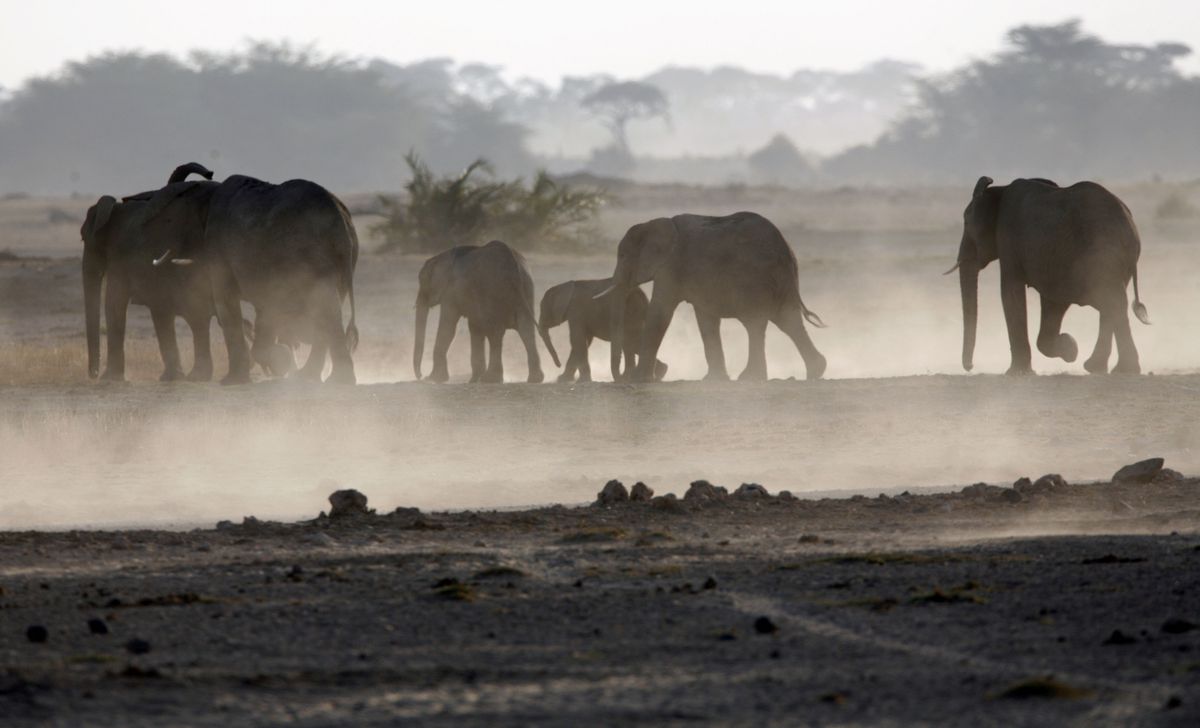
Elephants orphaned by drought fill Kenyan sanctuaries
5 May 2022
By Jane Flanagan
(The Sunday Times) — Parched lands are forcing the Horn of Africa’s largest inhabitants to hunt further and harder for water, leaving orphans to fend for themselves.
In Namunyak Wildlife Conservancy, home to Kenya’s second largest elephant population, the youngest are struggling to keep up with their herds. An influx of lost calves into elephant sanctuaries has followed record high temperatures and the worst drought for 40 years.
Silas Lepuipui, a keeper at Reteti Elephant Sanctuary and a member of the Samburu pastoralist community which has grazed its wildlife on the land for generations, said that the situation felt desperate and intense.
His team is called out regularly by Namunyak’s communities to help the abandoned calves, who have often been separated from their mothers or fallen down wells.
“In the best cases, we wait with the young and hope that their herd returns,” Lepuipui said. “They are often tiny and call out non-stop until they are reunited.”
Occasionally, the herds fail to return as they search further afield for sustenance. More often, calves have to be rescued from wells that have been dug by the herd.
“The water table is now so low, the wells are getting deeper,” he said. One orphan, Sera, was a week old when she was pulled out of a hole. Sera could easily fit in the back of a 4×4 for the journey to Reteti , where she needed to be bottle-fed and cared for day and night.
“When they are so young they can’t be left for moment,” said Lepuipui. “The conditions are bad for us all.”
Another failed crop seasons is likely to see 20 million people could go hungry in the Horn of Africa in the next year, aid organisations predicted.
